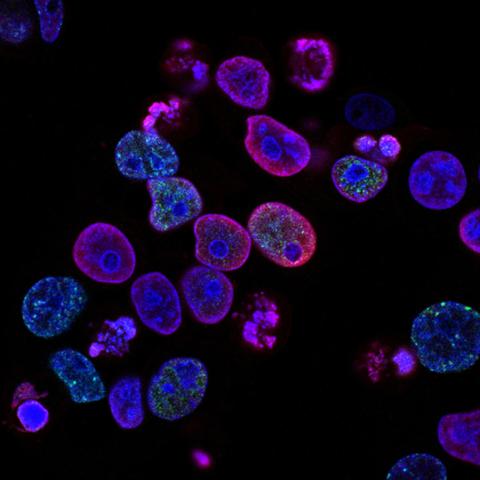Immunology is evolving rapidly, and at the center of this transformation is high-parameter cytometry — a breakthrough that’s redefining how researchers study complex immune responses at the single-cell level.
With the ability to measure 40+ immune markers simultaneously, today’s cytometry platforms allow scientists to uncover detailed immunophenotypes that were once invisible. Whether it’s tracking exhausted T cells in chronic infection or analyzing cytokine-producing subpopulations during vaccine response, flow cytometry and mass cytometry (CyTOF) are now indispensable tools in advanced immunological research.
e
What Is High-Parameter Cytometry?
High-parameter cytometry refers to the use of spectral flow cytometry or mass cytometry (CyTOF) to simultaneously analyze dozens of cell surface and intracellular markers on a per-cell basis. This enables:
- Deep profiling of T-cell subsets, including memory, effector, regulatory, and exhausted phenotypes
- Characterization of myeloid cell lineages and their functional states (M1/M2 macrophages, dendritic cells)
- Quantification of checkpoint molecules, transcription factors, and activation states
- Discovery of rare immune populations in blood, tissue, or tumor environments
Unlike traditional 8–12 color panels, high-parameter cytometry removes the limitations of spectral overlap and opens the door to systems immunology at scale.
Applications in Modern Immunology
🧫 Vaccine Development
Modern vaccine research, including mRNA-based platforms, requires fine-tuned understanding of both humoral and cellular immunity. Flow cytometry enables:
- Antigen-specific T-cell and B-cell tracking
- Cytokine profiling via ICS assays (IL-2, IFN-γ, TNF-α)
- Monitoring of memory T-cell expansion post-vaccination
This is especially useful in COVID-19 vaccine optimization, influenza, HIV, and cancer vaccines.
⚠️ Autoimmune Disease Modeling
In diseases like lupus, multiple sclerosis, and type 1 diabetes, immune dysregulation is subtle and complex. Cytometry helps:
- Detect autoreactive T and B cells
- Analyze regulatory T cell (Treg) function and frequency
- Identify pro-inflammatory monocyte subsets
Keywords: autoimmune cytometry, Treg profiling, immune tolerance assays, cytokine imbalance
🎯 Tumor Immunology
Tumors often create a suppressive immune microenvironment. High-parameter cytometry is now central to:
- Profiling tumor-infiltrating lymphocytes (TILs)
- Measuring PD-1/PD-L1 and other exhaustion markers
- Evaluating response to checkpoint inhibitors and CAR-T cell therapy
